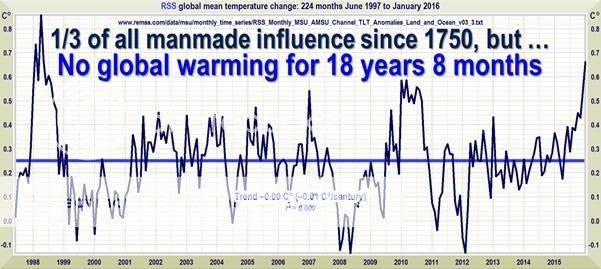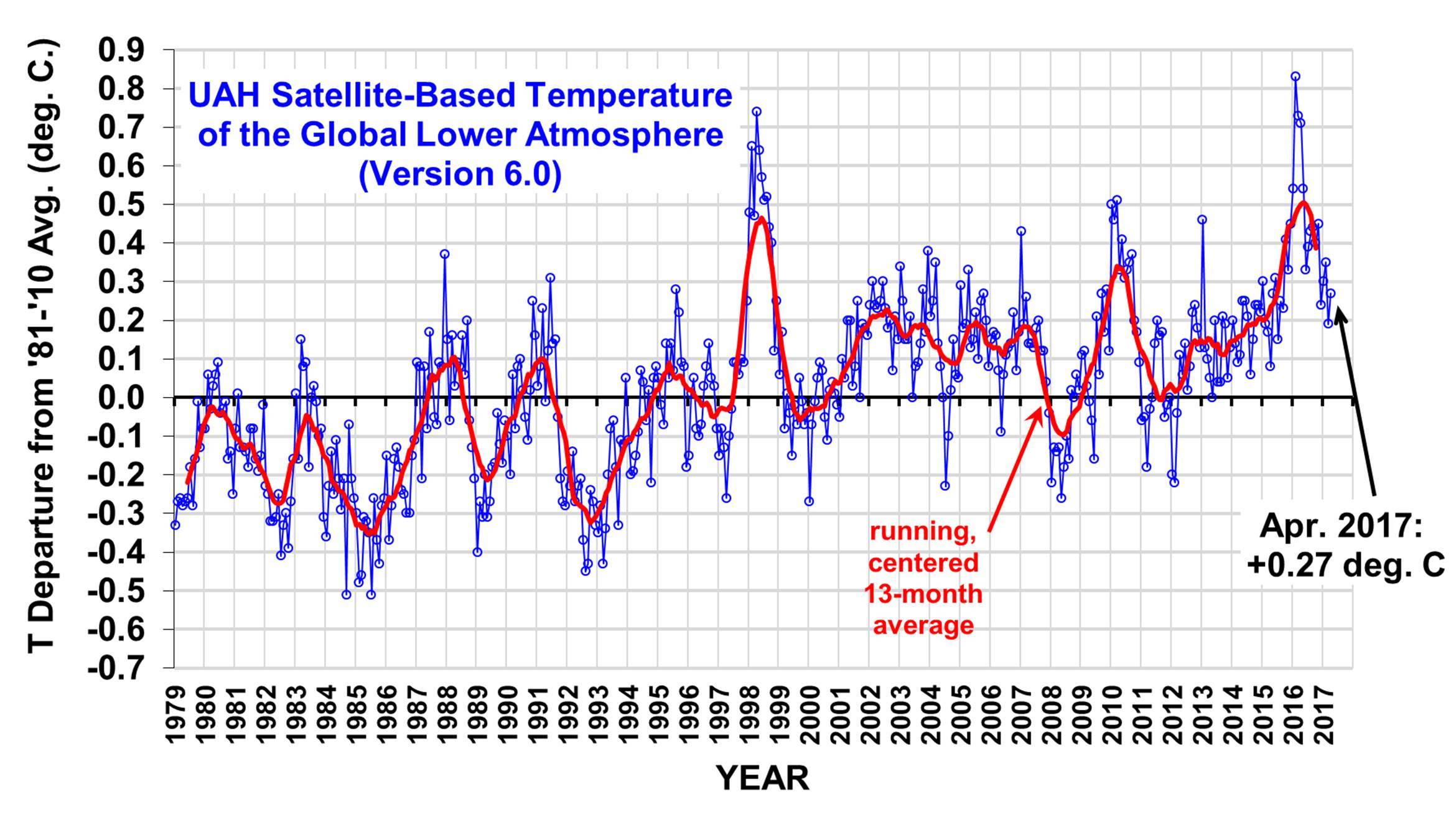I fail to see the basis of this entire thread.
Several here constantly refer to CO2 readings at Mauna Loa. How can anyone take such a thing seriously?
Mauna Loa - Wikipedia
en.wikipedia.org › … › United States Geological Service
Mauna Loa is the largest subaerial and second largest overall volcano in the world
Mauna Loa
Mauna Loa is one of five volcanoes that form the Island of Hawaii in the U.S. state of Hawaii in the Pacific Ocean.
Will one of the Mauna Loa enthusiasts here please explain how any CO2 measurement can be remotely accurate sitting next to the second largest volcano in the world?
If someone wanted to pick a location where they would be guaranteed increasing levels of CO2, on top of a volcano seems an ideal location.
Several here constantly refer to CO2 readings at Mauna Loa. How can anyone take such a thing seriously?
Mauna Loa - Wikipedia
en.wikipedia.org › … › United States Geological Service
Mauna Loa is the largest subaerial and second largest overall volcano in the world
Mauna Loa
Mauna Loa is one of five volcanoes that form the Island of Hawaii in the U.S. state of Hawaii in the Pacific Ocean.
Will one of the Mauna Loa enthusiasts here please explain how any CO2 measurement can be remotely accurate sitting next to the second largest volcano in the world?
If someone wanted to pick a location where they would be guaranteed increasing levels of CO2, on top of a volcano seems an ideal location.








